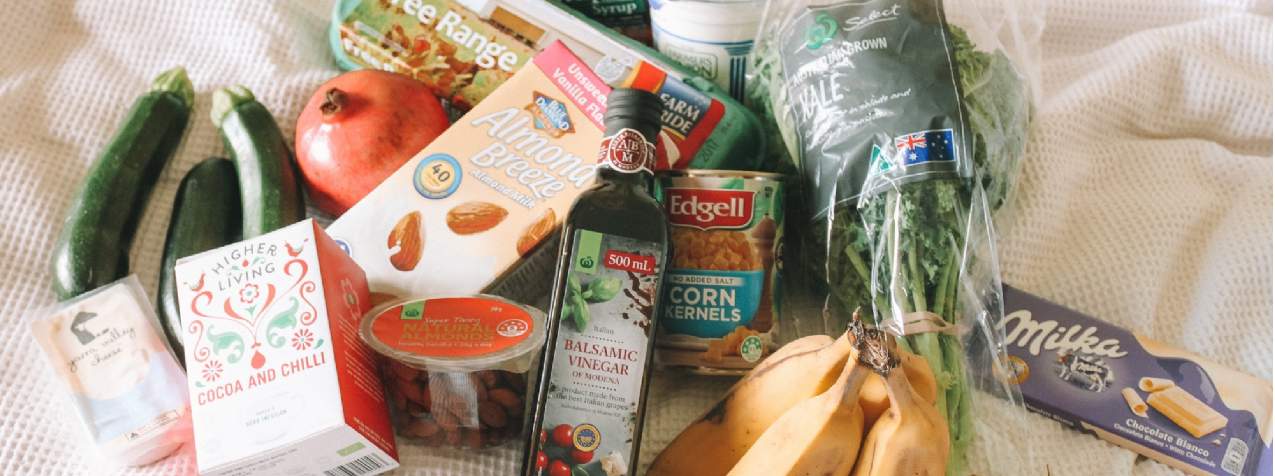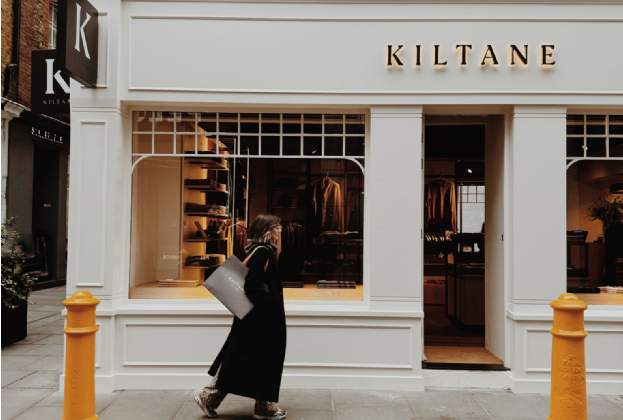Convenience has been at the forefront of the retail market for some time, further amplified by Covid-19 and the staggering growth of online deliveries, click and collect and localism.
However, we are now beginning to see the concept of convenience being taken to the next level, particularly within London, through the rise of rapid grocery delivery apps.
These hyper-local retail platforms promise the delivery of groceries and other essential items, from pints of milk to nappies, to your door within 10–15 minutes, and often partner with local stores such as bakeries and butchers, championing localism and supporting the retail in the surrounding areas.
With quirky names such as ZAPP, Gorillas and Weezy, these operators have expanded significantly over the past 12 months, with the pandemic providing a catalyst for growth at a time when the need for convenience and online shopping was at an all-time high. The retailers operate from ‘dark stores’, or local fulfilment hubs, with products then delivered via e-bike to local customers.
The rapid success of these services has piqued the interest of investors, with Gorillas, which originated in Berlin, raising $290 million in series B funding in March 2021 and UK operator Dija securing $20 million of seed funding from venture capital firms to help it get off the ground just three months ago.
So with the rise of these services set to continue, what impact are these brands likely to have on the London real estate market and what sort of space do we expect them to take?
Gorillas, for example, currently has 13 warehouses in Central London, including Islington, Shoreditch, Brixton and Battersea as well as one in Manchester. It is now beginning to target Greater London locations as well as other major UK Cities.
As these operators rapidly look to expand in an increasingly competitive market, we are beginning to see a number of requirements coming forward for further sites primarily in London zones 1–3, although we expect this to expand further afield as brands grow their presence.
Operators are most often seeking ground floor space of 1,250 sq ft plus, with 24-hour access required in order to service deliveries around the clock. Bike storage is preferred along with space suitable for goods loading.
In terms of rents and leases, we have found that operators are offering market rents although flexibility is key, with lease lengths generally being short (approximately three years), with any longer leases offering break clauses at 12 months, year three and year five.
The retail market has been switched on to convenience for some time, and the growth of this new service is simply the next wave of that. As supermarkets increasingly invest in their food delivery capabilities, for example, through partnerships with the likes of Deliveroo, it is certainly going to be an exciting market to watch as the new era of grocery delivery unfolds.
Further information
Contact Savills Central London Retail

.jpg)







.jpg)
